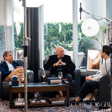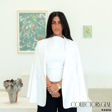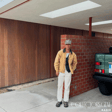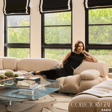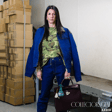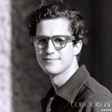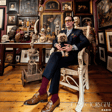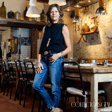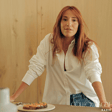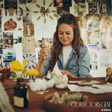
Douglas Friedman - Discovering The Gene Through A Collection Of Work
Today I’m sitting down with Douglas Friedman, to discuss the commonalities between a collector and one of the most sought after photographers in the residential architecture space. His name commonly shows up on Architectural Digest’s top articles and there’s a good reason for it. Friedman always used his gut instinct, whether it was studying anthropology or discovering Marfa, Texas as a place to call home. But I wanted to know how he thinks about creating a story from the photographs he chooses to use from a shoot, and how he preserves moments in time through his work, much like us collectors do respectively. At the end of the day, Douglas wasn’t sure whether he was a collector or not but I think we worked that out. So without further adieu, this is Douglas Friedman, for Collectors Gene Radio.
Douglas's Website - https://www.douglasfriedman.net/
Douglas's Instagram - https://www.instagram.com/douglasfriedman/?hl=en
Douglas's Latest Work - https://www.architecturaldigest.com/contributor/douglas-friedman
